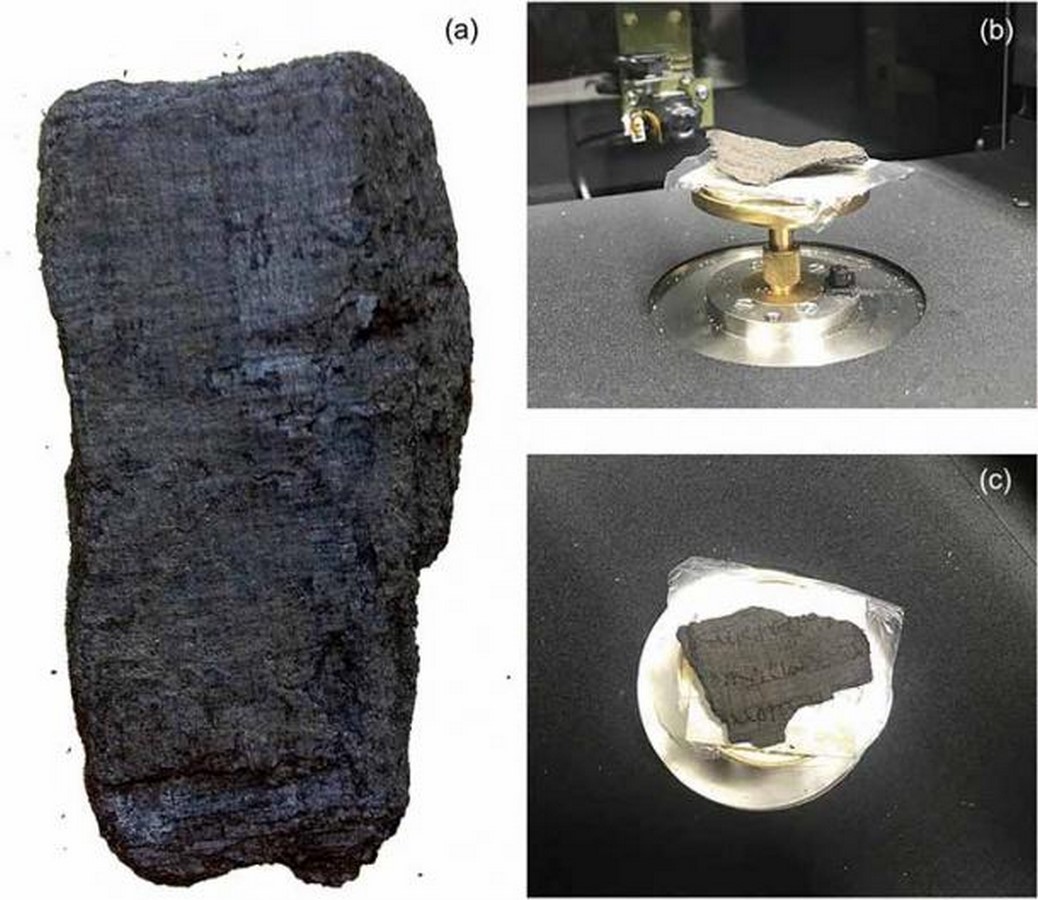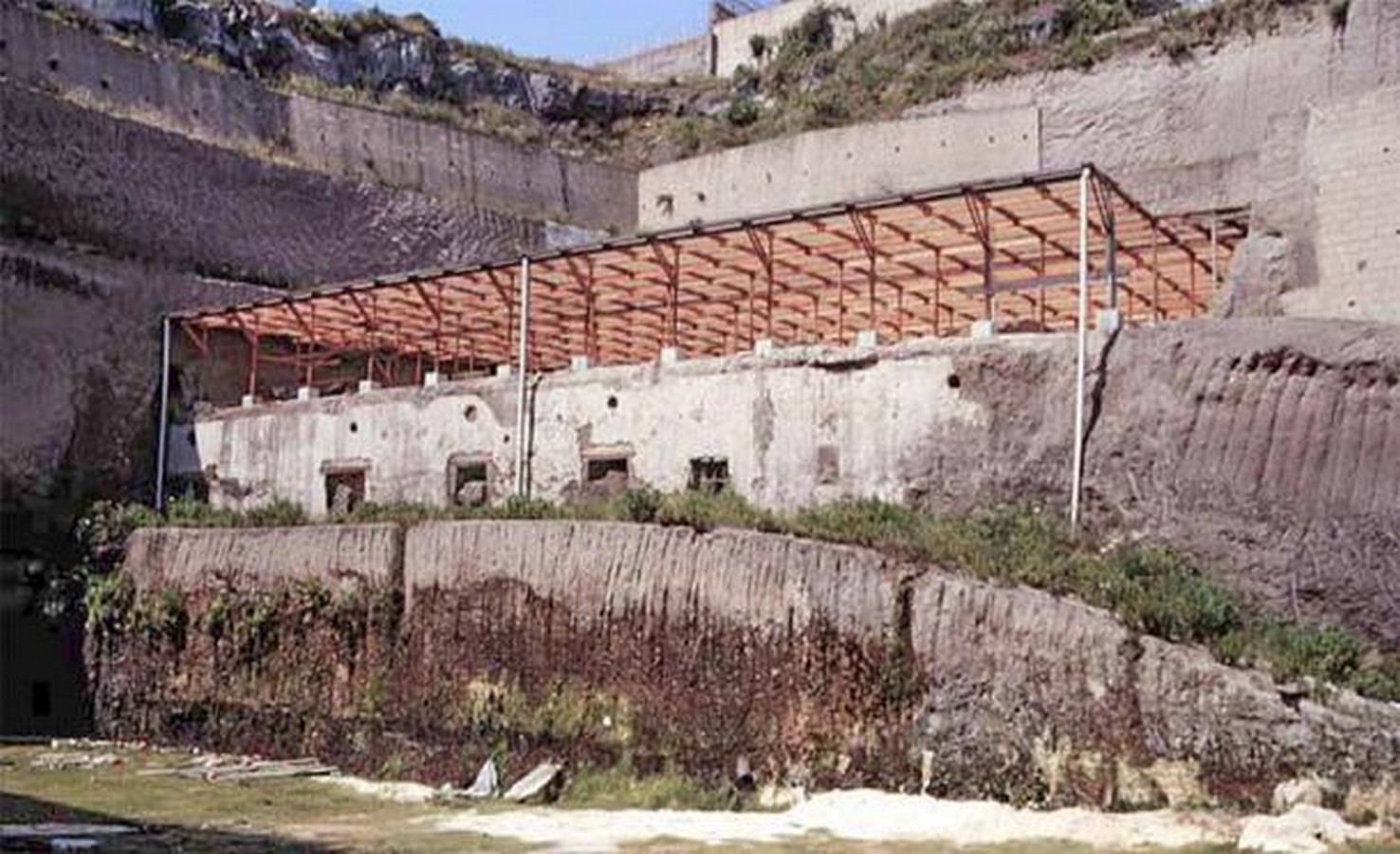In a remarkable feat of technological innovation, a 21-year-old computer science student, Luke Farritor from the University of Nebraska–Lincoln, has utilized artificial intelligence (AI) to unravel the contents of a charred scroll from the ancient Roman city of Herculaneum. Preserved since the catastrophic eruption of Mount Vesuvius in 79 AD, this scroll has long eluded decipherment, presenting a tantalizing puzzle for scholars and historians alike. Farritor’s groundbreaking achievement promises to unlock the secrets of hundreds of texts from one of antiquity’s most treasured libraries.

The Quest for Knowledge: Unveiling Ancient Texts
Farritor’s breakthrough came as part of the Vesuvius Challenge, a collaborative initiative aimed at deciphering the enigmatic scrolls discovered in Herculaneum. Armed with a machine-learning algorithm, Farritor embarked on the daunting task of deciphering Greek letters inscribed on the carbonized papyrus. His success in identifying the word “purple,” translated as πορϕυρας (porphyras), offers a glimpse into the rich tapestry of ancient history and literature concealed within these ancient artifacts.
Unlocking the Mysteries of the Past
The scrolls discovered in Herculaneum have long been regarded as a treasure trove of knowledge, offering invaluable insights into Greco-Roman civilization. Found within what is believed to have been a luxurious villa, possibly belonging to Julius Caesar’s father-in-law, these scrolls hold the potential to revolutionize our understanding of ancient literature, philosophy, and culture. However, their decipherment has posed a formidable challenge due to the unique properties of the carbon-based ink used on the scrolls.

The Significance of “Purple”
The identification of the word “purple” within the Herculaneum scroll offers a tantalizing clue to its contents. As a symbol of wealth and status in ancient Rome, purple dye held immense cultural significance, hinting at the potential themes explored in these ancient texts. Whether delving into matters of trade, fashion, or societal hierarchies, the deciphered word opens a window into the vibrant world of ancient Roman society.
The Legacy of the Villa of Papyri
The charred scrolls of Herculaneum were originally housed in the Villa of Papyri, a grand estate believed to have belonged to a prominent Roman statesman. Excavated in the 18th century, this villa revealed a treasure trove of nearly 2,000 papyrus scrolls, offering a rare glimpse into the intellectual pursuits of antiquity. Despite being engulfed by volcanic ash during the eruption of Vesuvius, the scrolls have miraculously survived, awaiting the moment when modern technology could unlock their secrets.

AI’s Role in Archaeology
Farritor’s success underscores the growing importance of AI in archaeological research. From deciphering ancient inscriptions to predicting archaeological sites and preserving cultural heritage, AI holds the promise of revolutionizing the field of archaeology. With ongoing advancements in machine learning and data analysis, the invisible libraries of antiquity may soon be revealed, offering new perspectives on the past and enriching our understanding of human history.
Looking to the Future
As the Vesuvius Challenge continues, Farritor’s achievement serves as a beacon of hope for scholars and historians worldwide. With each breakthrough, the veil of mystery surrounding the Herculaneum scrolls is gradually lifted, offering glimpses into the past and inspiring new avenues of inquiry. As technology continues to evolve, the secrets of antiquity may yet be fully revealed, preserving the legacy of past civilizations for generations to come.






















